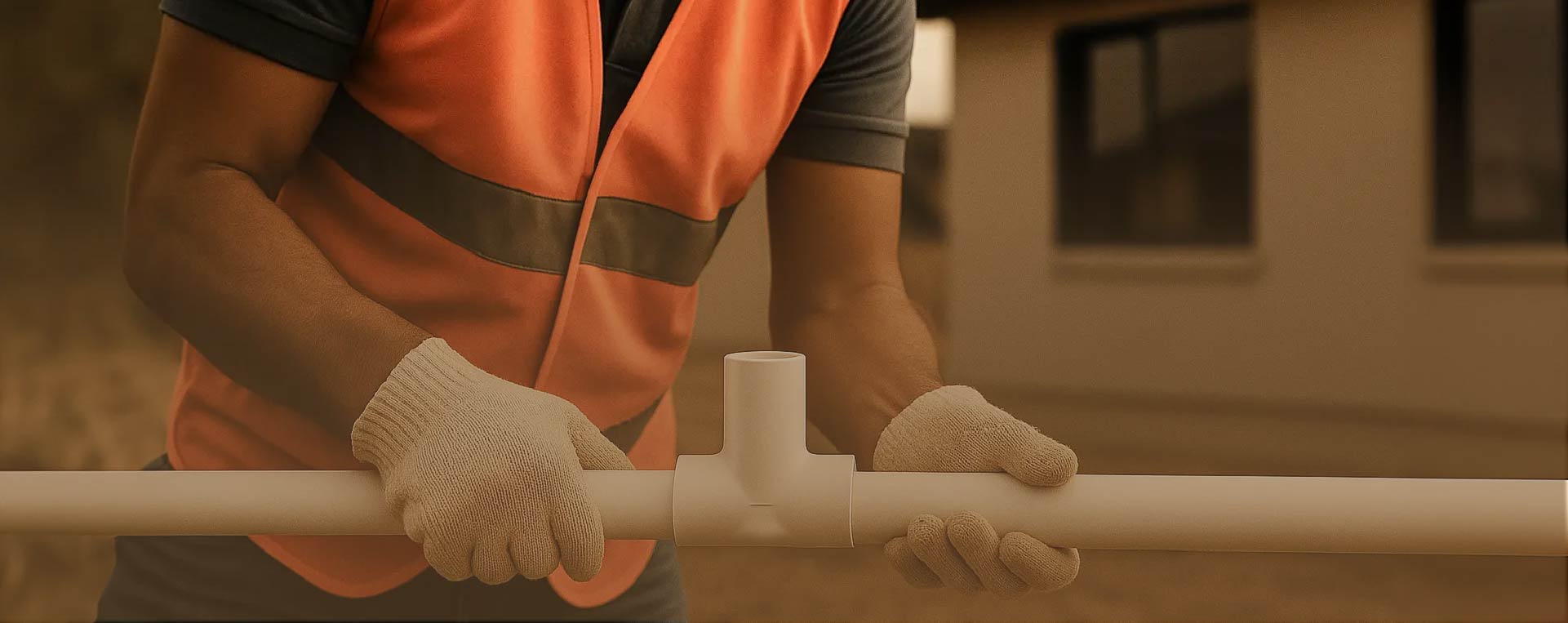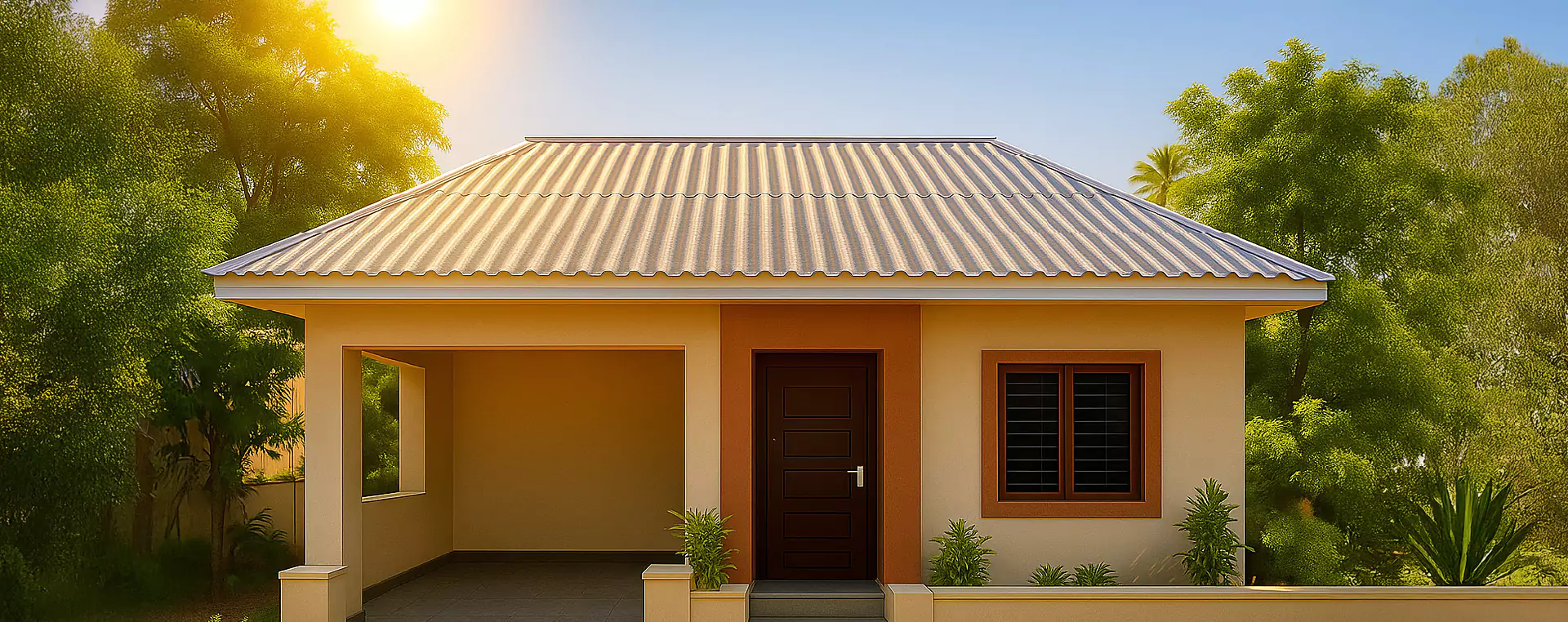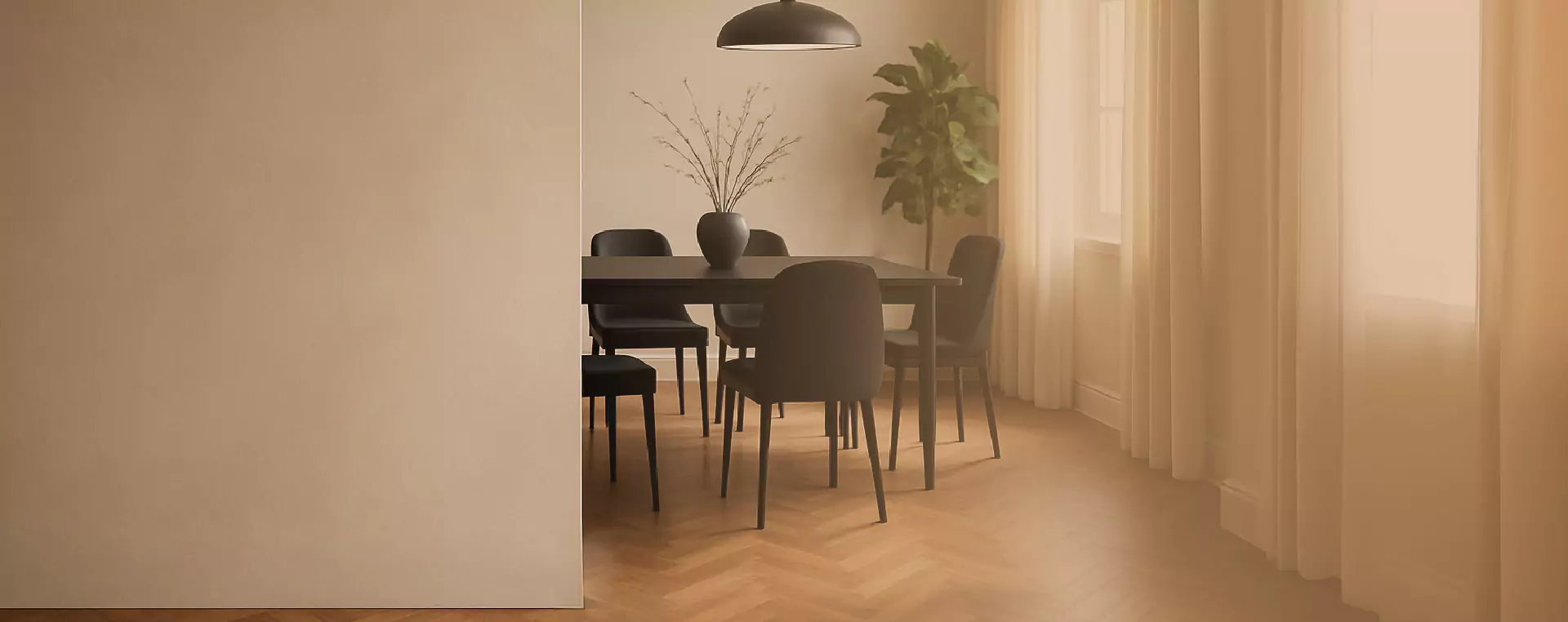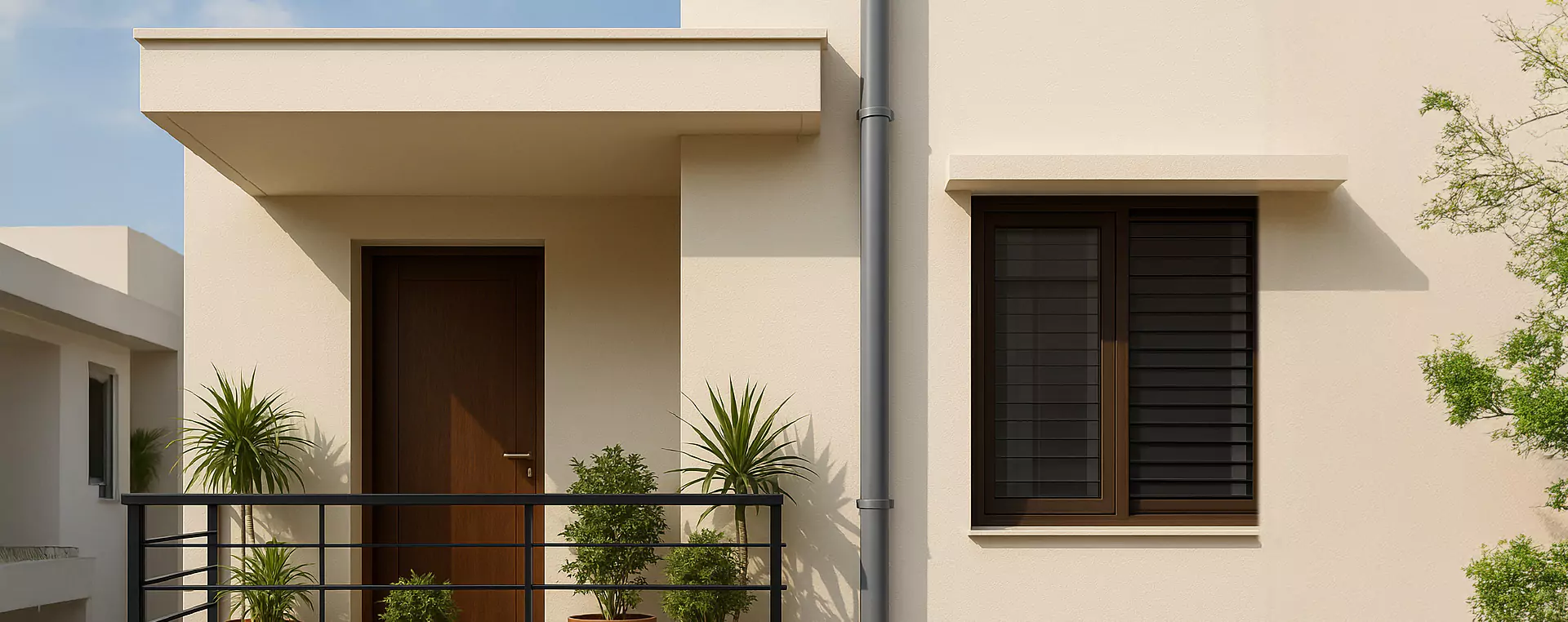Cement–sand mortar was once the go-to for fixing tiles. But today’s porcelain and vitrified tiles are larger, denser, and absorb far less water than older ceramics. That makes it harder for plain cement to grip properly. In fact, industry data shows that over 20% of tile failures in India are linked to the use of cement-sand mortar instead of adhesives (Indian Ceramic Society, 2022). When tiles debond, the cost of repairs often outweighs the cost of doing it right the first time.
Modern tile adhesives solve this problem. They bond strongly to low-absorption tiles, resist moisture, and flex with building movement, ensuring a finish that lasts.
What types of tile adhesives can you choose from?
To choose well, first understand what kinds of adhesives are available:
| Type |
Best Use Cases |
Key Advantages |
| Cementitious adhesives (bonded with cement + polymers) |
Standard wall tiles or floor tiles; low to medium traffic spaces |
Strong grip; cost-effective; good for indoor, dry conditions |
| Polymer-modified adhesives / Flexible tile adhesives |
Areas with temperature shifts, slight substrate movement, balconies, or outdoors |
Better flexibility; less chance of cracking; stronger bond under stress |
| Epoxy adhesives |
Wet zones: showers, pool areas, patios |
Waterproof; stain resistant; high strength |
| Ready-mix adhesives (pre-mixed) |
DIY work; quick tiling jobs |
Easy to use; consistent mix; less chance of mix errors |
Which BirlaNu adhesive works best for your tiles?
- Polymer-modified adhesive (TA 105): For ceramic tiles and small-format stones on interior floors and walls. Designed for new tile applications where dependable bonding and easy workability matter.
- Adhesives for ceramic, vitrified & natural stone tiles (TA 205 / TA 210): For ceramic and vitrified tiles on interiors and exteriors, walls and floors. Suitable for tile-on-tile renovations to speed up projects and reduce surface prep.
- Adhesive for large format tiles & small stones (STA 505 / STA 510): For large-format tiles and small stones on interior and exterior surfaces. Enhanced adhesion and durability support heavier profiles.
- High-strength adhesive (STA 1000 / STA 1010): For large-format tiles and stones of any height, indoors or outdoors. High bond strength and durability help maintain alignment on verticals.
- Adhesive for tiles & stones on dry walls (DSTA 605 / DSTA 610): For tiling on drywall substrates like gypsum boards, plywood, cement boards, and bison panels. Designed for interior and exterior use.
- Highly deformable adhesive (DSTA 615 / DSTA 620): For any tile, any format, any surface, including drywall. Highly deformable, crack-resistant, with extended open time for large areas and complex layouts.
- Premium 2-component adhesive (PUA 5000): For water-sensitive stones, vertical cladding, and tough substrates such as plywood, metal, and glass. High bond and shear strength with thermal-shock resistance.
Tip: After fixing tiles, pair with BirlaNu grouts and Tuff Tile Grout Admixture for colour retention, hygiene, and durability.
How do you know which tile adhesive to choose?
When selecting an adhesive, consider these factors to ensure your tiles stay firm for years:
- Tile Type & Size: Large-format or heavy tiles need adhesives with stronger bonding and flexibility. Wall tiles often only need moderate adhesive strength.
- Substrate & Surface Condition: Concrete, plywood, or cement boards behave differently. Surface must be clean, level, and properly cured. A poor substrate leads to adhesive failure.
- Moisture Exposure: Bathrooms, kitchens, and exteriors demand moisture-resistant adhesives. Polymer-modified or epoxy options perform better in wet conditions.
- Flexibility & Movement: Walls and floors expand and contract with temperature. Adhesives with flexibility help avoid cracks and detachment.
- Open Time & Working Conditions: Adhesives with longer open time give more flexibility in positioning tiles. Ambient temperature and humidity affect curing.
- Manufacturer Specs & Certifications: Always check that the adhesive matches standards, load ratings, and that the adhesive comes from a trusted brand. BirlaNu’s Tough Tile Adhesives are engineered for strong bonding and flexible performance.
How should tile adhesive be applied?
Even the best adhesive won’t work well if applied poorly. Use these practical tips:
- Prepare the surface properly: Remove dust, grease, and loose particles. Ensure substrate is level and cured if required.
- Use the right adhesive amount & trowel notch size: Larger tiles need more adhesive and a bigger notch. Full contact with the back of the tile prevents hollow sound and weak adhesion.
- Follow mixing instructions carefully (for powder adhesives): Use clean water, measure properly. Over-watering weakens the bond; under-mixing leaves lumps and dry patches.
- Allow for expansion joints: Especially important with large floor tiles or areas with temperature variation. Without joints, tiles and adhesives can crack.
- Cure properly: Keep tiles undisturbed for the time specified by the adhesive maker. Avoid water contact early. After setting, protect from heavy loads until full strength is achieved.
- Clean excess adhesive: Quickly clean joints and surfaces before the adhesive sets. Hardened adhesive is hard to remove and mars the finish.
Lasting aesthetics and strength with BirlaNu
Tiles are a visible investment in your home or building. By switching from cement-sand mortar to the right adhesive, you protect that investment. BirlaNu’s range, backed by Indian and international standards, ensures your wall tiles and floor tiles stay secure, look good, and perform well for decades.
The right adhesive is a small choice that makes a big difference in strength, beauty, and long-term savings.
FAQs
How long does tile adhesive last compared to cement mortar?
A properly applied tile adhesive system can last 20–25 years, significantly longer than cement-sand mortar, which often shows failures within a few years under moisture and movement.
Can I fix tiles over existing tiles?
Yes. With the right tile-on-tile adhesive (such as BirlaNu Adhesives for ceramic, vitrified, and natural stone tiles - TA 205/210), you can renovate without chipping away old tiles. This saves time, reduces dust, and lowers project costs.
What’s the best choice for bathrooms and kitchens?
Moisture and hygiene are critical in wet areas. Polymer-modified or epoxy adhesives work best here. BirlaNu’s PUA 5000 - premium 2-component adhesive and epoxy grout systems provide a waterproof, mould-resistant finish.






